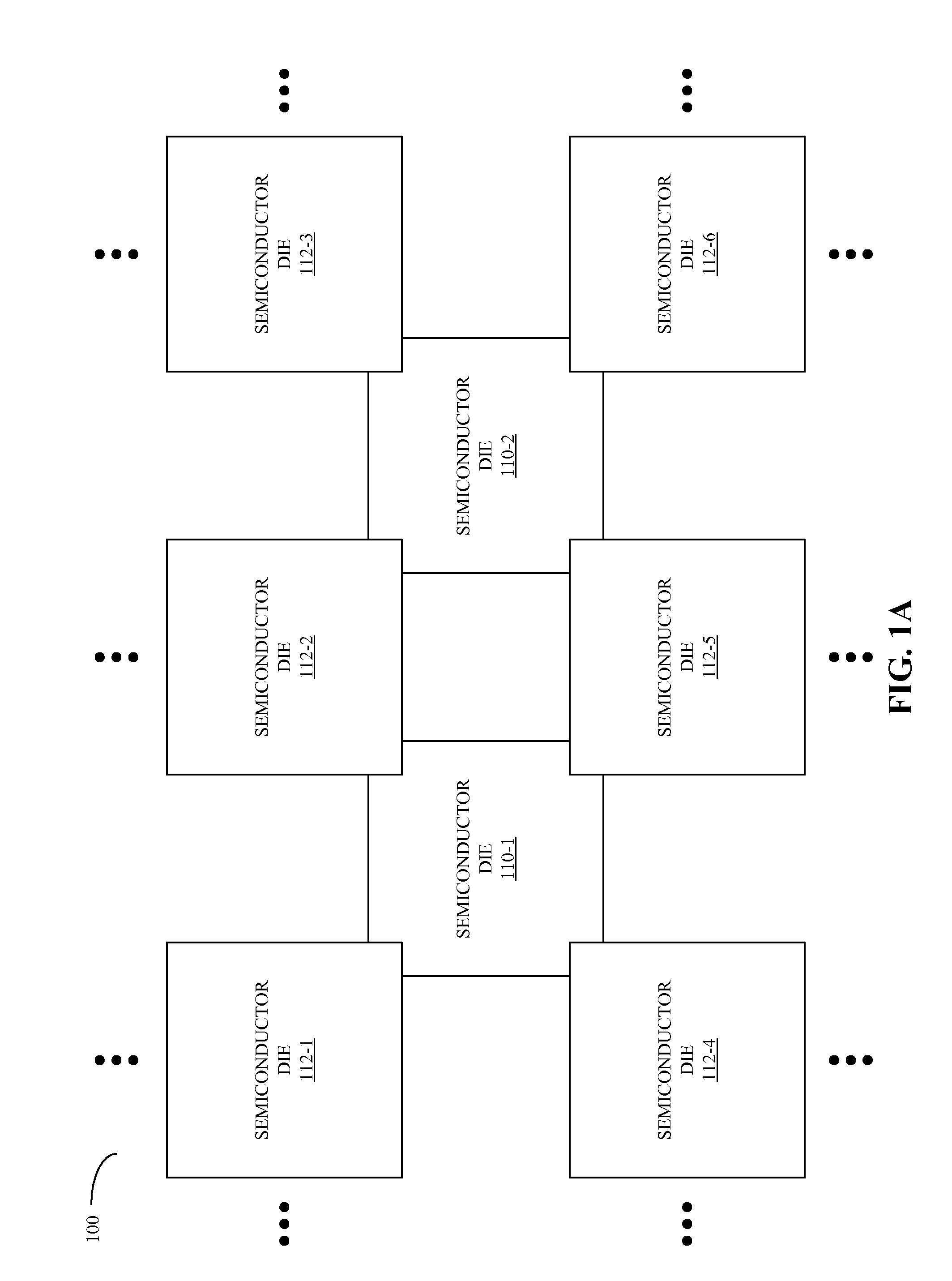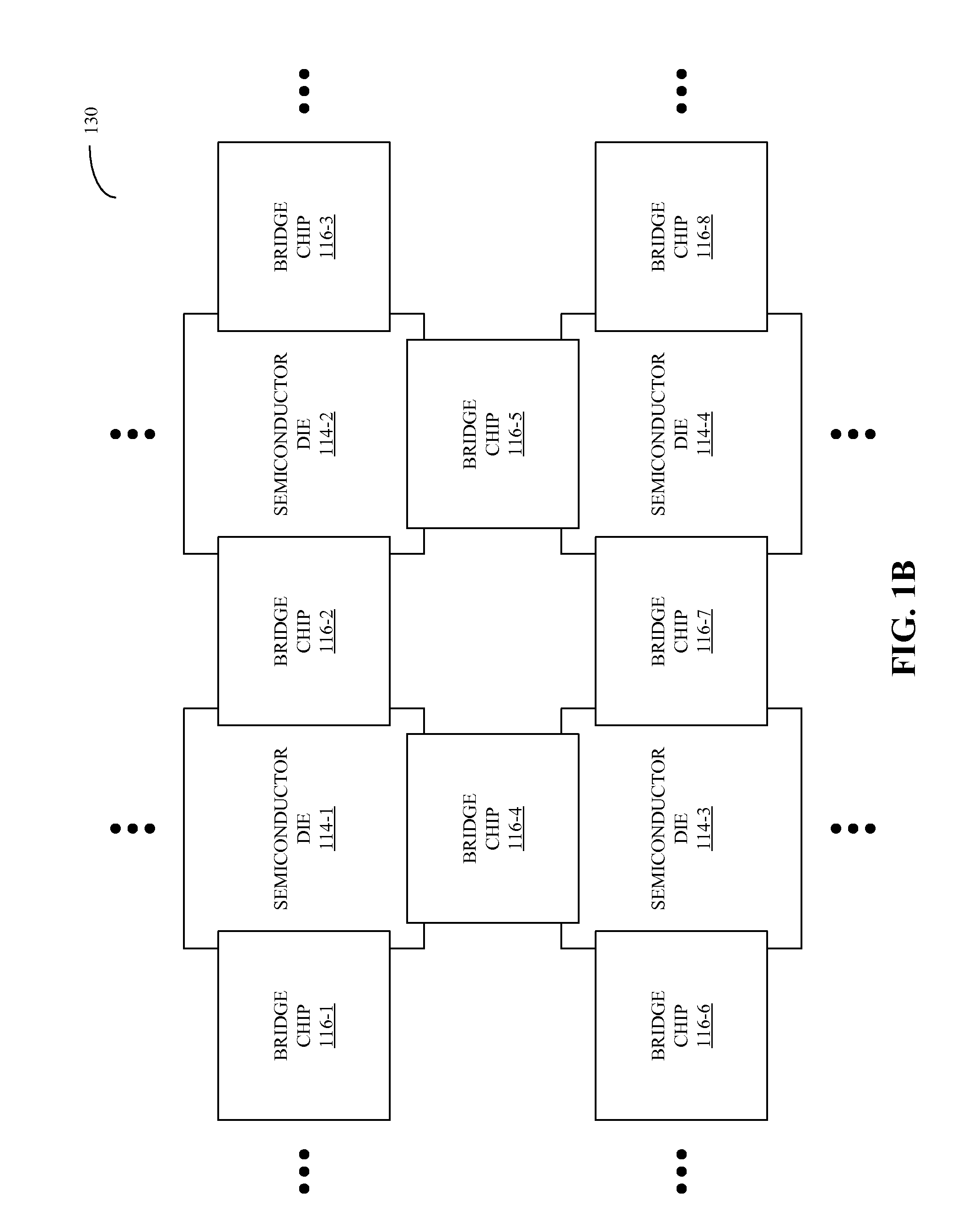Broadband and wavelength-selective bidirectional 3-way optical splitter
a bidirectional, wavelength-selective technology, applied in the field of bidirectional, 3-way optical splitters, can solve the problems of increasing power consumption of high-performance microprocessors, increasing latency of global on-chip wires, and limiting further clock frequency increases
- Summary
- Abstract
- Description
- Claims
- Application Information
AI Technical Summary
Benefits of technology
Problems solved by technology
Method used
Image
Examples
Embodiment Construction
[0072]The following description is presented to enable any person skilled in the art to make and use the invention, and is provided in the context of a particular application and its requirements. Various modifications to the disclosed embodiments will be readily apparent to those skilled in the art, and the general principles defined herein may be applied to other embodiments and applications without departing from the spirit and scope of the present invention. Thus, the present invention is not intended to be limited to the embodiments shown, but is to be accorded the widest scope consistent with the principles and features disclosed herein.
[0073]Embodiments of a bidirectional 3-way optical splitter and a method for 3-way splitting an optical signal are described. This bidirectional 3-way optical splitter may include: an optical splitter that has: a first external node, a second external node, a third external node, and a fourth external node. In one mode of operation, the optical...
PUM
 Login to View More
Login to View More Abstract
Description
Claims
Application Information
 Login to View More
Login to View More - R&D
- Intellectual Property
- Life Sciences
- Materials
- Tech Scout
- Unparalleled Data Quality
- Higher Quality Content
- 60% Fewer Hallucinations
Browse by: Latest US Patents, China's latest patents, Technical Efficacy Thesaurus, Application Domain, Technology Topic, Popular Technical Reports.
© 2025 PatSnap. All rights reserved.Legal|Privacy policy|Modern Slavery Act Transparency Statement|Sitemap|About US| Contact US: help@patsnap.com



